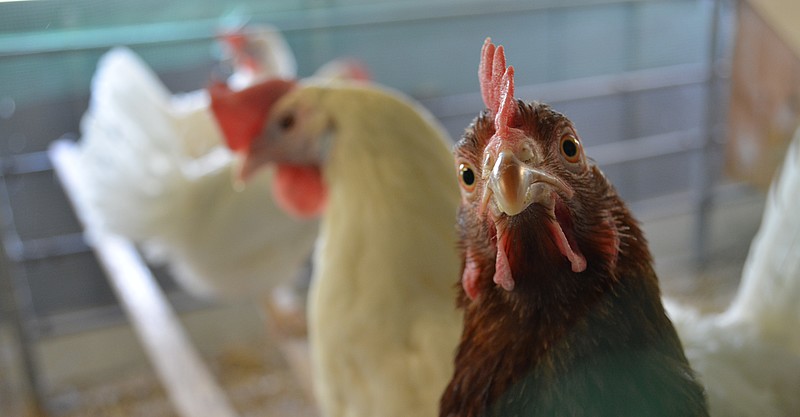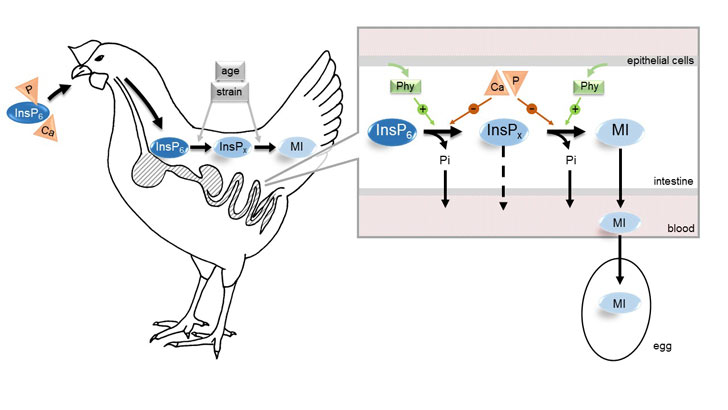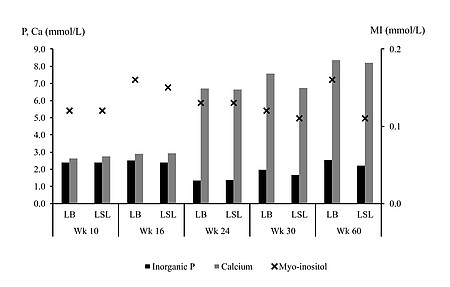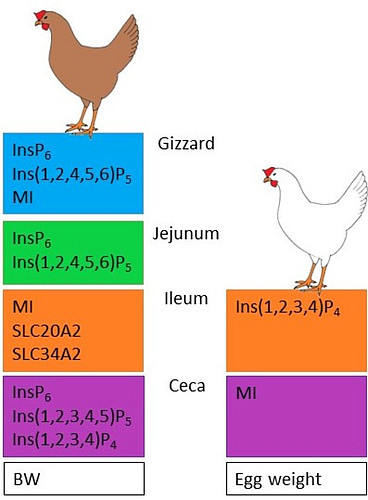Project 1.1
Age, diet, and strain effects on inositol phosphates and myo-inositol in the digestive tract of hens
Markus Rodehutscord / Korinna Huber

Previous studies using young chicken and quail have shown large variation in phosphorus utilization related to intestinal phytic acid (InsP6) degradation. This was caused by both dietary variables and the bird’s genetic background. Laying hens are specific because they need very high dietary calcium but low phosphorus concentrations in the laying period. Their requirements drastically change during lifespan.
Therefore, the objective of this project is to characterize degradation products of InsP6 and mucosal activity of phytase and alkaline phosphatase in laying hens in dependence on age, genetic background, and dietary variables.




